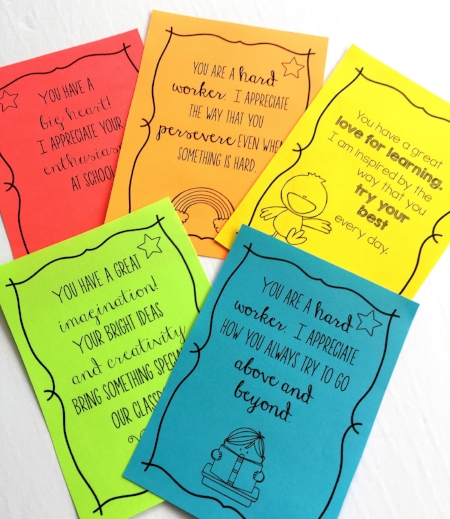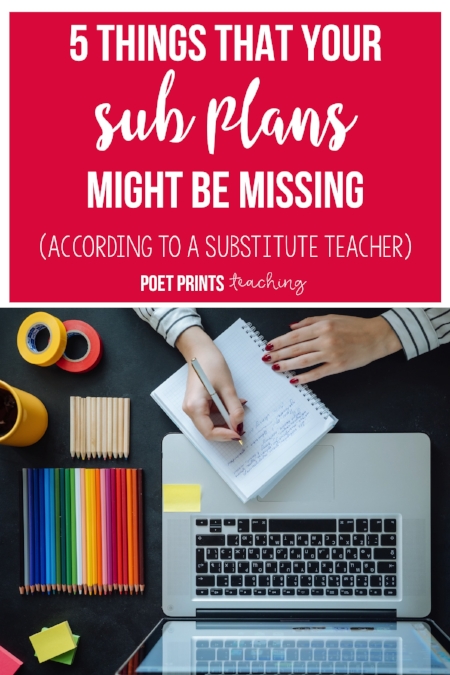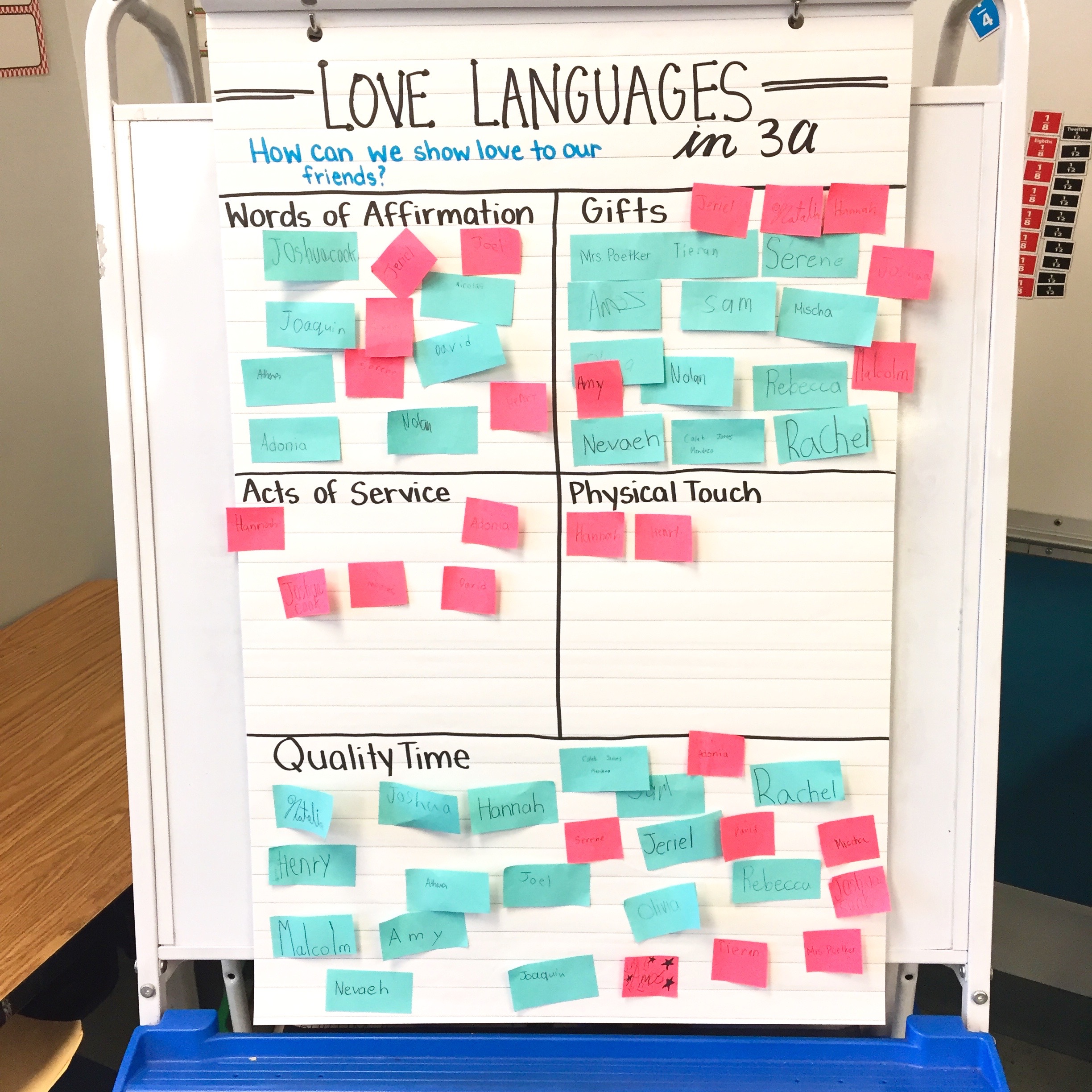Helping students to think critically about the media, and general media literacy is an important part of our curriculum in third grade. Books, movies, TV shows… our students are bombarded with media everywhere! It’s so important that our students learn about media literacy from a young age, and critical thinking is a huge part of that!
Last year, in Third Grade, we had a bad case of the “I Wants”. My students wanted absolutely everything they saw on TV, or in a movie, or in the advertisements that pop up on YouTube. If they saw it, they had to have it. I wanted my kids to know that they were being advertised to, plain and simple. Most of these ‘wants’ and ‘gimmes’ were the direct result of good advertising. I wanted my students to have the tools to see this for what it was, a clever marketing campaign where they were the perfect targets. I thoroughly believed that they were capable of looking at Media with a critical eye. Our unit on media literacy and critical thinking was a direct result of this situation, and it made a huge difference in our class.
Once we defined different types of media we got to work looking for them in our everyday lives. We started by cutting up and sorting our Scholastic book order to help students to see that all media has a purpose: to persuade, to inform, and to entertain. It was fun to see them try and see which books fit into which categories. As a teacher, I loved that ‘lightbulb’ when my students realized that their book order was designed to make them want to purchase things.
“Mrs. P, I know why this is in bright colors! So we will want everything on it!” BINGO!
Using our class book order flyer helped students to make a real-life connection to the content.
Plan Out Media Literacy With One Click
It only takes a few minutes to plan your media literacy unit for upper elementary. In just a few clicks you can grab all of the pieces you need: lessons, hands-on activities, and a fun project. Click and print. Planning is really that easy.
Together, we looked at clips from popular movies and examined how characters always hold the latest gadgets, toys, and treats. Another way to convince us to buy, buy, BUY! But my favorite lessons, by far, were the ones where we explored YouTube. My students love YouTube, but the dreaded before-video-ads make me cringe. This unit helped us to look at those ads critically, and use the advertisement time as teachable moments. What are we being sold? Why is this ad here? How are we being persuaded?
It was so rewarding to watch my students develop as critical thinkers. I noticed a huge change in their attitudes towards “I Want” as the year progressed. Sure, they still wanted new toys and treats, but they were ‘calling out’ persuasion tactics they saw in the media. A student even came home from a superhero movie on the weekend and told me about all the products he had seen on the screen.
“Do they think we will fall for that?” he asked.
I don’t think I’ve ever been more proud.
My Media Literacy Unit is available on Teachers Pay Teachers. It’s perfect for third, fourth, or fifth grade.








































































